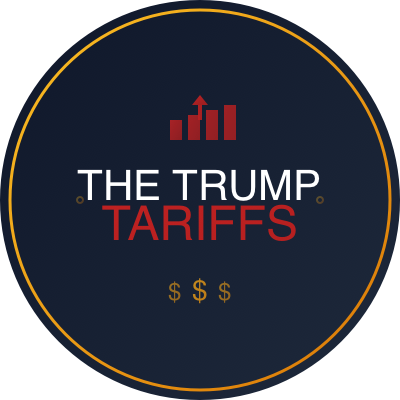NextFin news, On November 8, 2025, prominent global investor and strategist Ruchir Sharma, in an interview with NDTV's Editor-in-Chief Rahul Kanwal, advocated for India to pivot away from its traditionally protectionist stance amid heightened trade tensions with the United States under President Donald Trump. The discussion took place in Mumbai, India, as the country confronts increasing tariff impositions and a complex geopolitical trade environment shaped by the Trump administration's aggressive tariff agenda which has persisted into the current presidential term begun in January 2025.
Sharma underscored that in the context of these external economic pressures, India’s deep-rooted protectionist policies—marked by tariffs, regulatory barriers, and import substitution measures—pose a significant risk to its long-term growth trajectory and global investment appeal. He urged Indian policymakers to embrace more open trade frameworks and reduce tariff barriers to enhance competitiveness and economic resilience.
By contextualizing this appeal, Sharma highlighted the challenging dynamics wrought by the Trump administration's tariffs aimed at reshaping trade balances between the U.S. and its partners, including India. Escalating duties on Indian exports, aimed ostensibly at protecting American manufacturers and reducing the U.S. trade deficit, have led to retaliatory stances and trade friction, complicating India’s export-driven growth aspirations.
Sharma’s remarks come amid ongoing U.S.-India trade negotiations attempting to navigate a complex matrix of tariff escalations, digital trade barriers, and supply chain realignments. He cited the risk that protectionist policies could isolate India from rapid innovation and investment flows that are critical to maintaining its status as one of the world’s fastest-growing major economies.
In light of recent data, India's merchandise exports grew by approximately 5% year-on-year in the first half of 2025, a notable slowdown compared to the average growth exceeding 10% pre-2020, attributed partly to tariff impediments and global economic uncertainties. Meanwhile, Foreign Direct Investment (FDI) inflows, a key growth driver, saw a marginal uptick but have yet to reach pre-pandemic peak levels, with investor sentiment dampened by policy unpredictability and trade tensions.
Analytically, Sharma’s recommendation aligns with broader economic theories advocating for liberalized trade to foster comparative advantage exploitation, economies of scale, and accelerated technological diffusion. India’s current protectionism partially stems from efforts to safeguard domestic industries and employment, but this approach risks marginalizing India in global value chains increasingly restructured toward digital and green technologies.
The potential impact of Sharma’s advice is multifaceted. A reduction in protectionist measures would likely facilitate stronger integration with global supply chains, boosting exports and attracting higher-quality investments in technology and infrastructure. This could help India offset some adverse effects of tariffs imposed by the U.S. and other trading partners, reinforcing its economic momentum.
Furthermore, the geopolitical dimension cannot be overlooked. With the U.S. under President Trump continuing to leverage tariffs as a diplomatic tool, India’s choice to liberalize trade policies could serve as a strategic move to mitigate friction, improve bilateral relations, and secure more favorable trade agreements. Such policy shifts could enable India to participate more actively in emerging trade blocs and multilateral frameworks.
Looking forward, India's economic trajectory will depend heavily on balancing domestic industrial protection with greater openness necessary for competitiveness. The ongoing tensions with the U.S. may persist or intensify as the administration pursues its economic nationalism agenda. However, India's willingness to embrace less protectionist policies, as urged by Sharma, may position it more favorably amidst evolving global trade realignments.
From an industry perspective, sectors like information technology, pharmaceuticals, and renewable energy stand to gain the most from reduced tariffs and enhanced global market access, given their export orientation and innovation intensity. Conversely, traditional manufacturing and agriculture sectors may require transitional support to adapt to increased foreign competition and supply chain integration.
The lessons from Sharma’s discourse highlight a critical tension in India's economic policy between safeguarding domestic priorities and leveraging globalization for growth. India’s future as a global economic powerhouse hinges on nuanced trade policy reforms that balance these considerations, particularly under the shadow of persistent U.S. tariff pressures.
According to NDTV, Sharma’s insights reflect a growing consensus among global economic experts that India’s growth potential in the mid-2020s depends on embracing openness and reform amid geopolitical uncertainties, rather than doubling down on protectionism that risks economic stagnation and diminished influence in the global economic order.
Explore more exclusive insights at nextfin.ai.

